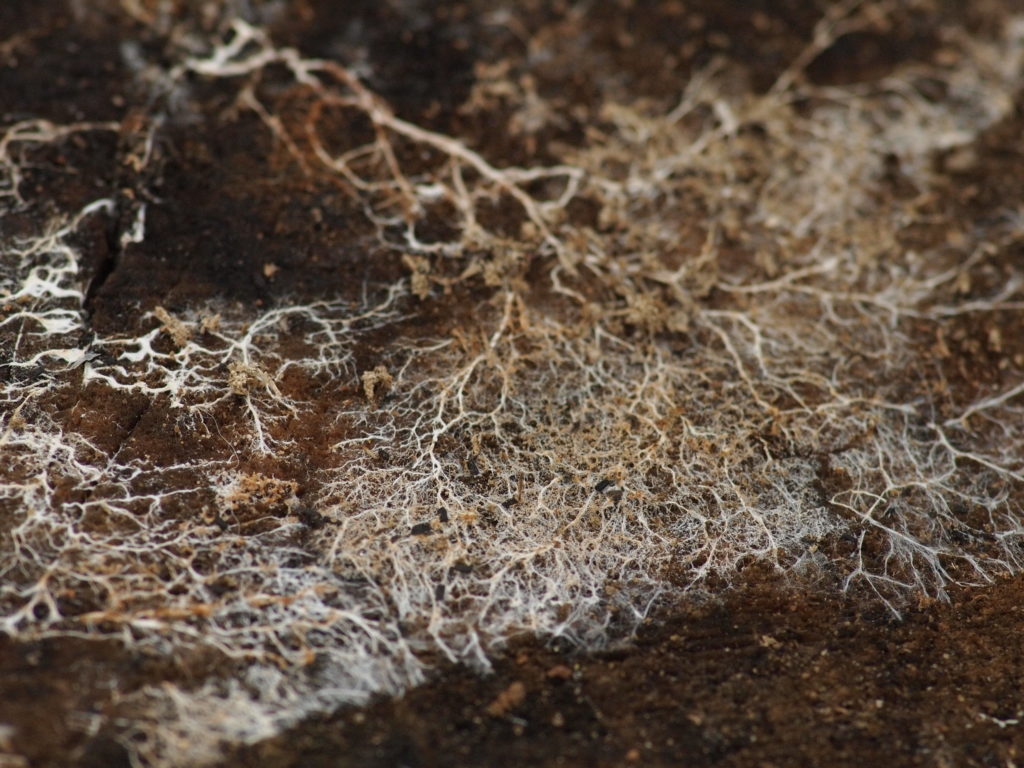“The Body of Christ implies many characteristics for organization that are manifest in the theology of the Church. Yet how does our model of the church accommodate such characteristics as multiplicity, plurality, purpose, indeterminateness, and immortality? According to Van Gelder’s formula, mission drives organization. The question becomes: are there any body forms – morphologies – that can faithfully represent what the Church is supposed to do?
After years of searching, a book with a catchy title appeared: Mycelium Running: How Mushrooms Can Help Save the World. The conceptual form of church body being sought turned out to be that of the fungal mycelium; for me this choice matched the purpose of the mission of the Church.
Paul’s second letter to the Corinthians in Chapter 5 makes clear that “in Christ God was reconciling the world to himself” (vs 19). And how does this relate to the mycelium? The basic function of fungi in the environment is to decompose dead matter; they are nature’s recyclers. Trees cover the earth, in fact, 95% of the biomass on earth is wood composed of lignocellulose. It turns out that only fungi are capable of decomposing this substance. They are unique recyclers in this regard. More importantly is the point made by most microbiologists that “without the fungi the organic chemicals trapped in the inert wood would never have gotten released and as a result mankind would have never had a chance to evolve!
Hence, fungi are the true interface between the life and death of the biosphere on earth. With this insight, the analogy between reconciliation and recycling becomes quite credible. The Body of Christ is faithfully represented by a mycelial model. As will be seen, a multitude of fungal properties have theological cognates.”

